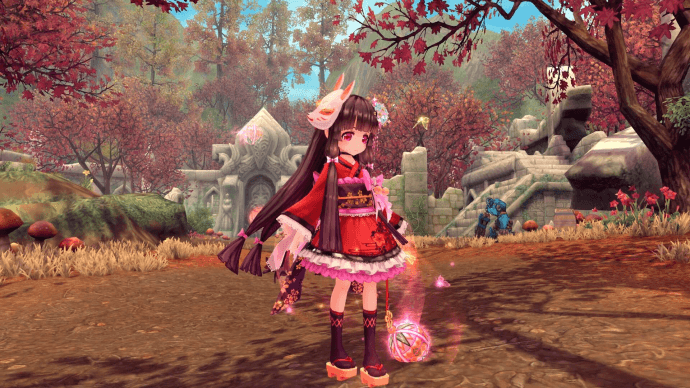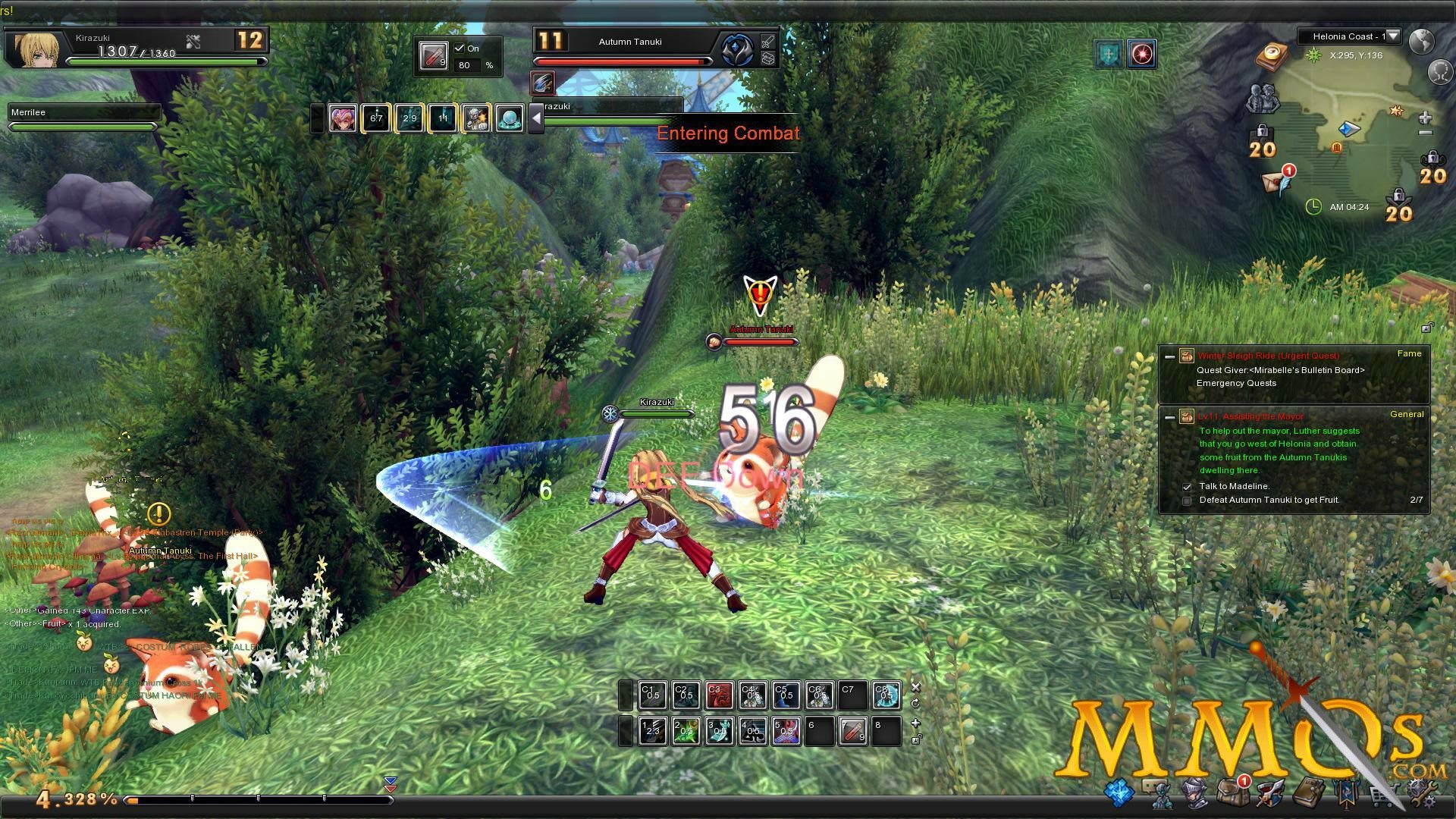


From the earliest records, the structures of the graves and dwellings seem to have followed the same rules. Graves and tombs also followed rules of feng shui from Puyang to Mawangdui and beyond.
Dragon points aura kingdom manual#
The carpenter's manual Lu ban jing ( 魯班經 "Lu ban's manuscript") codified rules for builders. During the Zhou era, the Kaogong ji ( Chinese: 考工記 "Manual of Crafts") codified these rules. īeginning with palatial structures at Erlitou, all capital cities of China followed rules of feng shui for their design and layout. Archaeologist Li Xueqin links the design to the liuren astrolabe, zhinan zhen and luopan. Ĭosmography that bears a resemblance to modern feng shui devices and formulas appears on a piece of jade unearthed at Hanshan and dated around 3000 BC. Suggests that gaitian cosmography (heaven-round, earth-square) existed in Chinese society long before it appeared in the Zhoubi Suanjing. The presence of both round and square shapes in the Puyang tomb, at Hongshan ceremonial centers and at the late Longshan settlement at Lutaigang, Ī grave at Puyang (around 4000 BC) that contains mosaics- a Chinese star map of the Dragon and Tiger asterisms and Beidou ( the Big Dipper, Ladle or Bushel)- is oriented along a north–south axis.

Regional communities may have used the complex. It stands on a north–south axis with another building that apparently housed communal activities. The building faces south and borders a large plaza. 3500–3000 BC) includes a palace-like building (F901) at its center. During the Zhou era, Yingshi was known as Ding and it was used to indicate the appropriate time to build a capital city, according to the Shijing. In 4000 BC, the doors of dwellings in Banpo were aligned with the asterism Yingshi just after the winter solstice-this sited the homes for solar gain. Until the invention of the magnetic compass, feng shui relied on astronomy to find correlations between humans and the universe. The Yangshao and Hongshan cultures provide the earliest known evidence for the use of feng shui. However, some academics regard modern practice of feng shui as a non-scientific cultural tradition rather than a pseudoscientific discipline, noting its functional usage as a tool for rural development, social mobilization, and conflict resolution. The concept of Qi and other vital energy formulations is pseudoscientific, and feng shui has been described as a paradigmatic example of pseudoscience. It has become increasingly visible through 'feng shui consultants' and corporate architects who charge large sums of money for their analysis, advice and design." In the wake of the climate crisis, feng shui is being taken into academic consideration for possible contributions to ecological philosophy. One scholar writes that in contemporary Western societies, however, "feng shui tends to be reduced to interior design for health and wealth. Historically, as well as in many parts of the contemporary Chinese world, feng shui was used to orient buildings and spiritually significant structures such as tombs, as well as dwellings and other structures. More broadly, feng shui includes astronomical, astrological, architectural, cosmological, geographical and topographical dimensions. From ancient times, landscapes and bodies of water were thought to direct the flow of the universal Qi – "cosmic current" or energy – through places and structures. The term feng shui means, literally, "wind-water" (i.e. For other uses, see Feng shui (disambiguation).įeng shui analysis of a 癸山丁向 site, with an auspicious circle Feng shuiįeng shui ( / ˈ f ʌ ŋ ˌ ʃ uː i/ ), sometimes called Chinese geomancy, is an ancient Chinese traditional practice which claims to use energy forces to harmonize individuals with their surrounding environment.


 0 kommentar(er)
0 kommentar(er)
